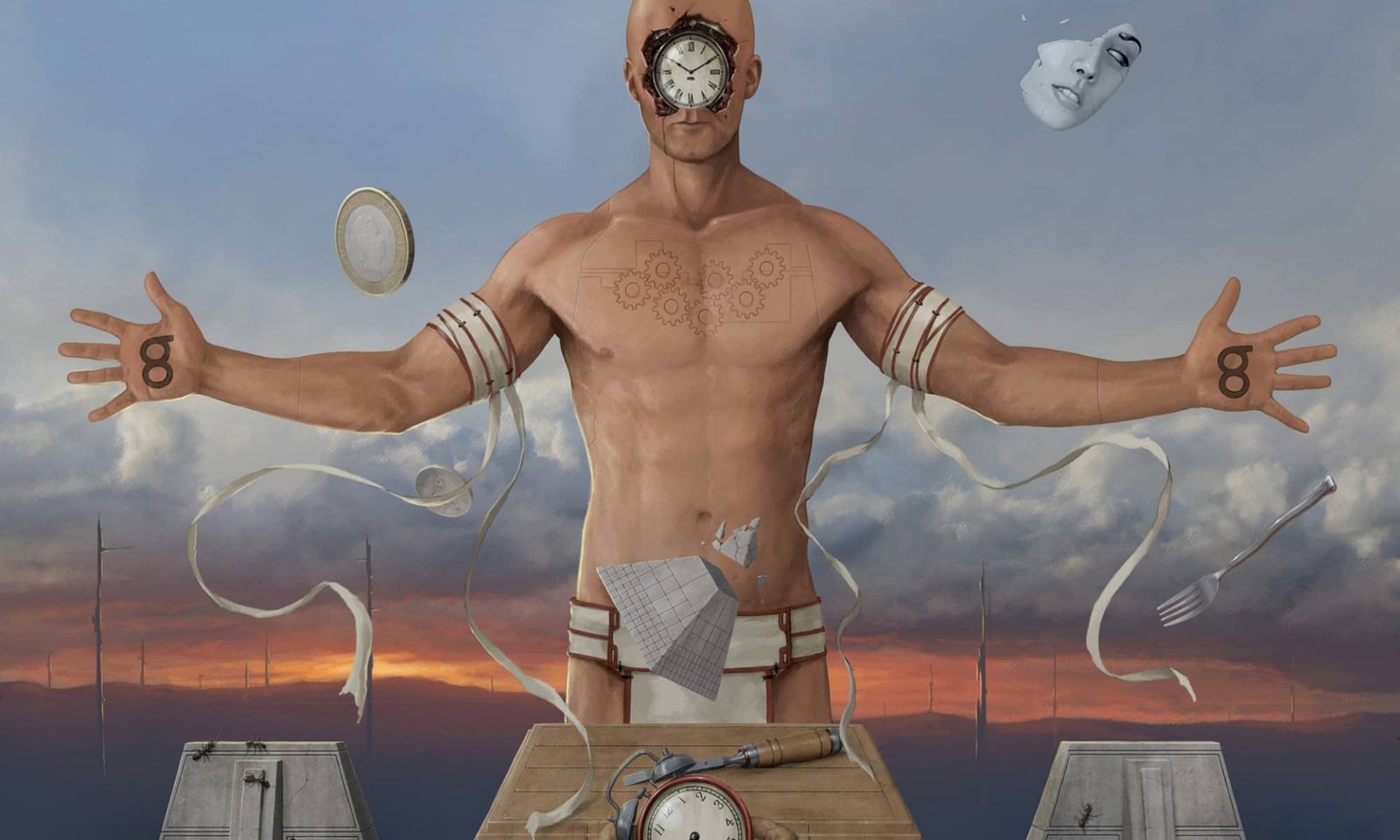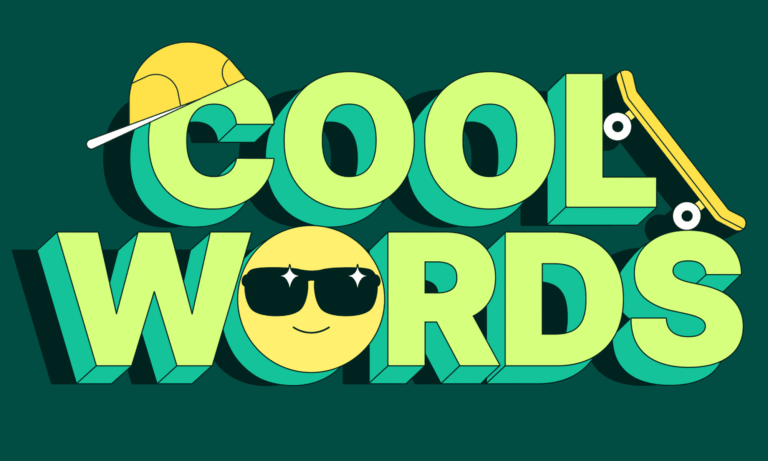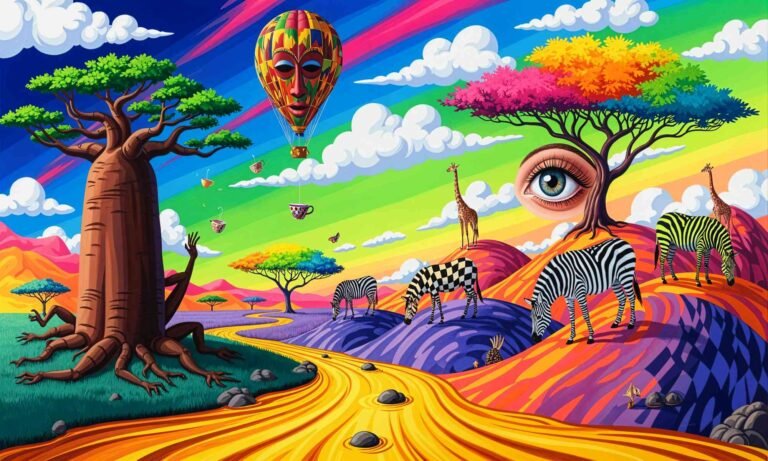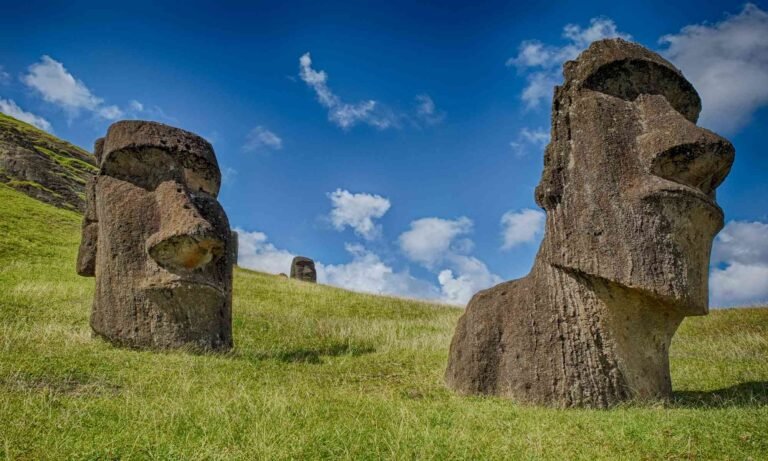Surrealism emerged in the early 20th century as a cultural movement focused on the unconscious mind, dreamlike scenarios, and alternate realities. As an artistic and literary philosophy, it challenged rationalism and traditional norms, promoting a new way of thinking. The movement is largely credited to André Breton, whose Surrealist Manifesto (1924) established its core principles.
Born from the disillusionment following World War I, surrealism evolved from the Dada movement *), which rejected logic and embraced chaos. Unlike Dada, surrealism sought a more constructive approach, using dreams and imagination to create new forms of expression. Influences from Sigmund Freud’s theories of the unconscious shaped surrealist thought, encouraging deeper exploration into human experience.
*) = Dada was an art movement formed during the First World War in Zurich, Switzerland in negative reaction to the horrors and folly of the war. This avant-garde movement is characterized by its playful, often nonsensical approach, questioning the very essence of what art could be. Dadaists embraced spontaneity, chance, and irrationality in their work. They rejected traditional aesthetic values and introduced innovative forms of expression, including collage, photomontage, and readymades.
The impact of the Dada movement is profound, influencing subsequent art movements such as Surrealism and Pop Art. It paved the way for contemporary artistic practices, encouraging freedom of expression and the exploration of unconventional materials. Dada challenged artists to think critically about the meaning and purpose of art, inspiring generations to break away from tradition and embrace innovation.
Key figures like Salvador Dalí, Max Ernst, and René Magritte expanded surrealism beyond visual arts into literature, film, and theater. Their work, featuring bizarre imagery and striking juxtapositions, provoked thought and emotional reactions. Over time, surrealism has influenced broader cultural movements, continuing to shape discussions around identity, reality, and human perception.
The Surrealism Timeline
Surrealism has undergone a fascinating transformation from its rebellious beginnings to its lasting impact on contemporary art and culture, continually evolving to challenge perceptions and inspire new forms of creative expression:
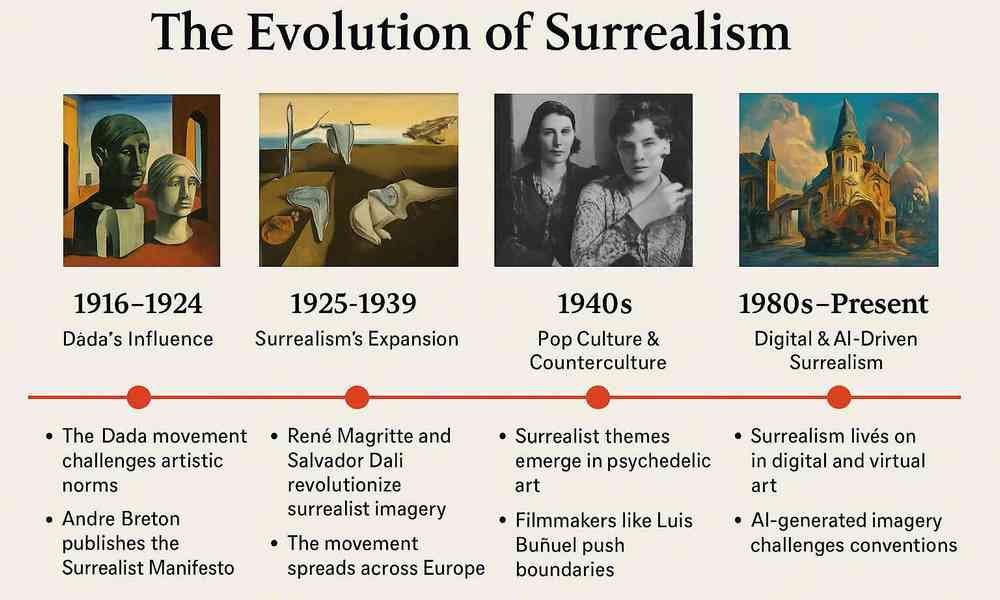
- 1916-1924: Dada’s Influence
- The Dada movement, with artists like Marcel Duchamp, challenges traditional artistic norms.
- André Breton publishes the Surrealist Manifesto in 1924, marking the official birth of surrealism.
- 1925-1939: Surrealism’s Expansion
- Salvador Dalí, René Magritte, and Max Ernst revolutionize surrealist imagery.
- Surrealism moves beyond painting into literature, film, and philosophy.
- The movement spreads across Europe and beyond, influencing writers like Paul Éluard.
- 1940s: Surrealism in a Post-War World
- WWII forces surrealist artists into exile, spreading surrealism to America.
- Surrealist ideas infiltrate Hollywood, inspiring films with dreamlike sequences.
- The movement evolves in response to existentialist thought and psychological studies.
- 1950s-1970s: Pop Culture & Counterculture
- Surrealist themes emerge in psychedelic art, music, and underground cinema.
- Filmmakers like Luis Buñuel push surrealism into provocative new territory.
- Surrealism continues to influence advertising, fashion, and graphic design.
- 1980s-Present: Digital & AI-Driven Surrealism
- Surrealism finds a new life in digital art, CGI, and virtual reality.
- AI-generated surrealist imagery challenges traditional artistic boundaries.
- Contemporary artists blend surrealist ideas with modern storytelling, keeping the movement alive.
In Literature and Philosophy
Surrealism has profoundly shaped literature, infusing texts with emotional depth and unconventional creativity. Emerging in the early 20th century, it explores dreams, the unconscious, and the irrational, with key figures like André Breton, Paul Éluard, and Robert Desnos leading the movement. Breton’s Manifesto of Surrealism championed spontaneous thought, rejecting constraints of logic and convention.
Surrealist literature is defined by its dreamlike narratives, non-linear storytelling, and embrace of absurdity. It challenges traditional notions of reality by delving into the human psyche, intertwining with philosophical themes like dream analysis and existential inquiry. Writers use surreal imagery and fragmented plots to examine identity and perception, with Kafka’s works reflecting surrealist ideas of isolation and absurdity.
Beyond literary aesthetics, surrealism has sparked deeper discussions on consciousness and cultural narratives, continuing to inspire contemporary literature and philosophy. Its influence persists, shaping artistic expression and encouraging exploration of the unknown. By challenging conventional storytelling, surrealism remains a vital force in modern literature, evoking emotion, questioning reality, and inspiring new generations of writers and thinkers.
“The imaginary is what tends to become real.”
– André Breton
The Influence on Popular Culture
Surrealism has had a lasting impact on popular culture, shaping film, music, fashion, and advertising. Since its emergence in the early 20th century, the movement’s exploration of the unconscious mind and dreamlike aesthetics has inspired creators to push boundaries and challenge perceptions of reality.
In cinema, directors like David Lynch and Federico Fellini weave surreal narratives that defy conventional storytelling, immersing audiences in strange and thought-provoking worlds. Musicians such as Pink Floyd and Björk blend immersive visuals with abstract themes to evoke deeper emotional responses. Fashion designers like Alexander McQueen embrace surrealism by crafting garments that fuse fantasy with provocation, exploring identity and transformation.
Advertising also leverages surreal aesthetics to captivate audiences, using dreamlike imagery and unexpected scenarios to break through consumer apathy. These surreal elements not only grab attention but also challenge societal norms, encouraging viewers to rethink familiar concepts. By blending the bizarre with the ordinary, surreal advertising creates a sense of intrigue, prompting deeper engagement with cultural narratives and fostering memorable brand experiences.
“Surrealism is destructive, but it destroys only what it considers to be shackles limiting our vision.”
– Salvador Dalí
The Legacy in Contemporary Society
Surrealism, a twentieth-century artistic and literary movement, continues to influence contemporary society beyond traditional art. Its core principles – challenging conventional thought and exploring the unconscious – remain relevant in an era of rapid change, inspiring innovation in political activism and social commentary.
Today, surrealism thrives in digital art, where abstraction and unconventional aesthetics evoke emotion and provoke thought. Artists use digital platforms to create immersive experiences that blur the line between dreams and reality, highlighting surrealism’s adaptability in a technologically evolving world.
Bridging Surrealism and AI
The fusion of surrealism and AI chatbots unlocks new creative possibilities. Chatbots can generate surreal narratives and imaginative dialogues, reflecting the unpredictability of surrealist art. This blend highlights AI’s versatility while engaging audiences in fresh interpretations of art and technology.
Surrealism has become a powerful tool in activism, challenging societal norms and exposing absurdities in political and social structures. Activists use surrealist techniques to critique power, injustice, and existential dilemmas, fostering deeper engagement with urgent issues. By reframing narratives through a surrealist lens, they provoke critical thought and inspire transformation.
Looking ahead, surrealism’s legacy remains strong, shaping future narratives with its creativity and philosophical inquiry. As culture evolves, it continues to challenge perceptions and inspire unconventional thought, extending beyond art and literature into activism and technology. By pushing boundaries, surrealism remains a catalyst for creativity and critical reflection in an ever-changing world.
What’s More
The posts in My Blog feature reflective, story-driven pieces rooted in personal and societal insights.
The topics in My Interests explore abstract, philosophical ideas and their cultural and societal impact.
👁️ 6,324 Views


